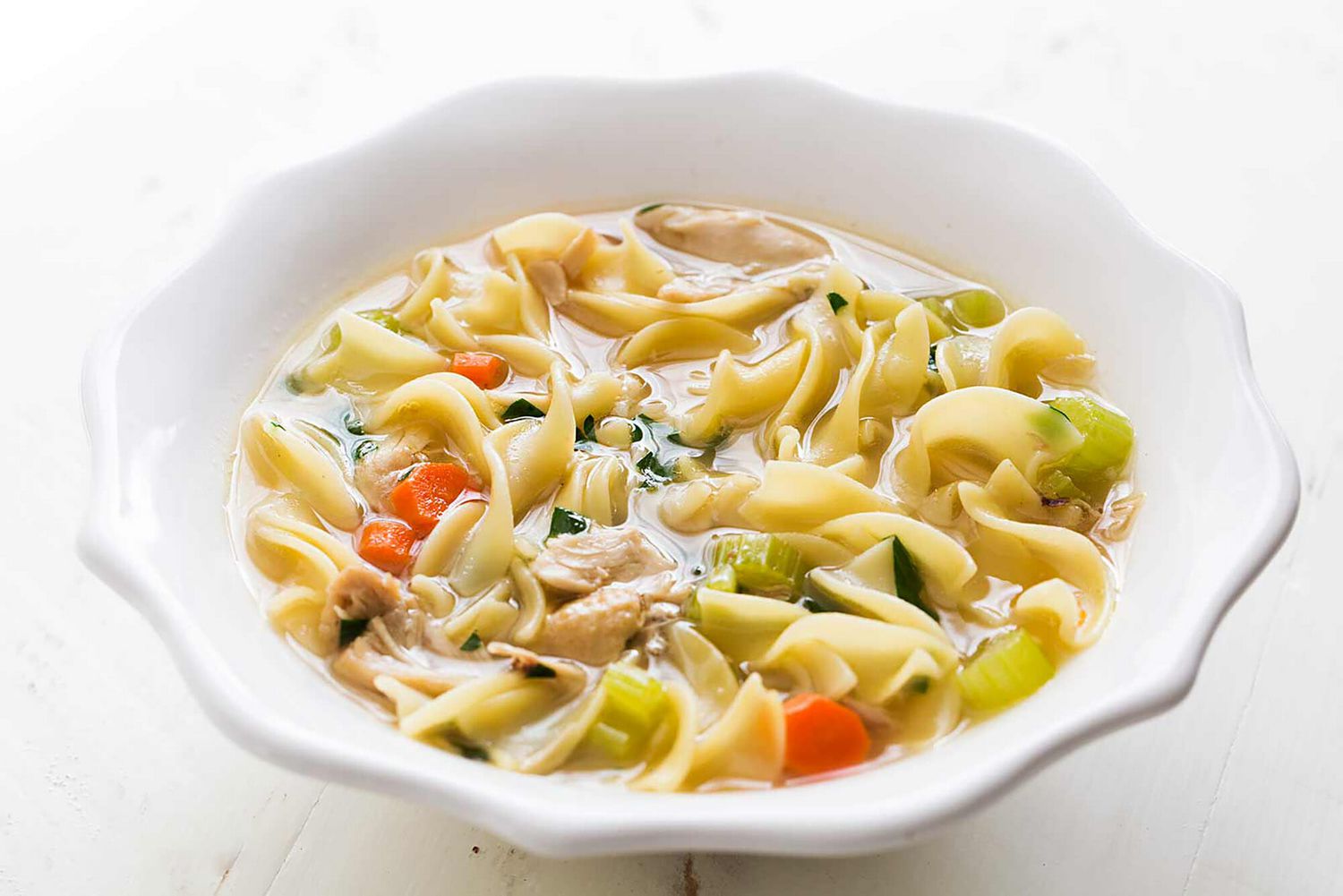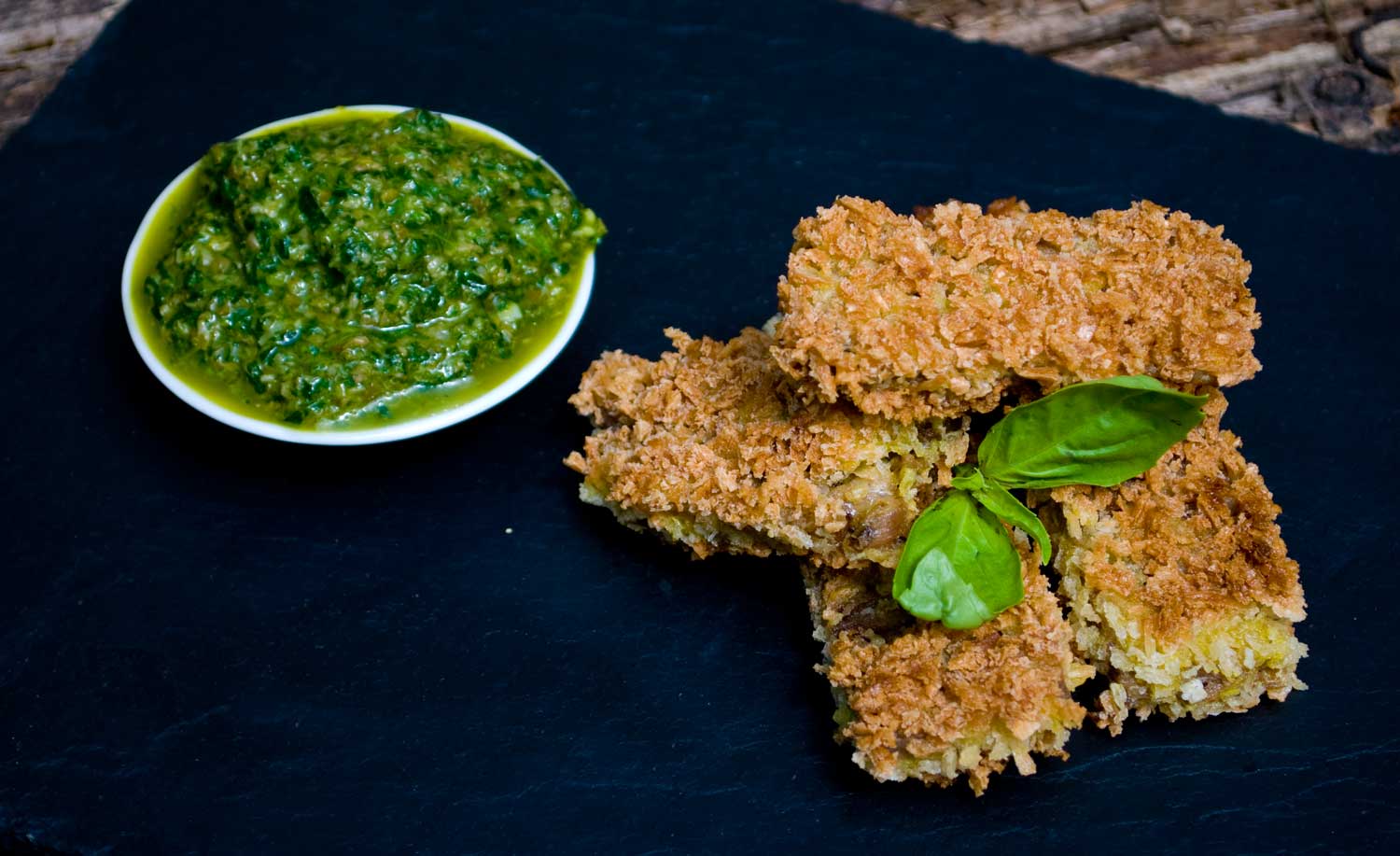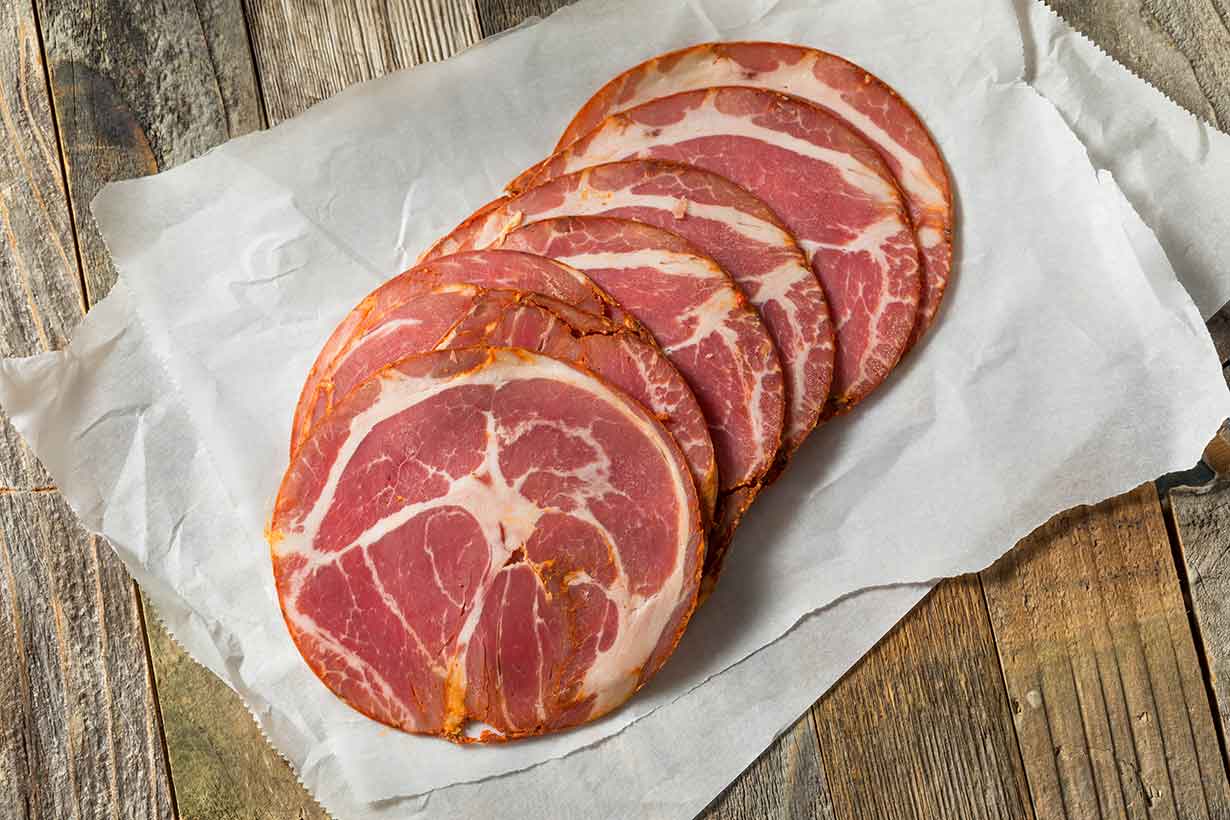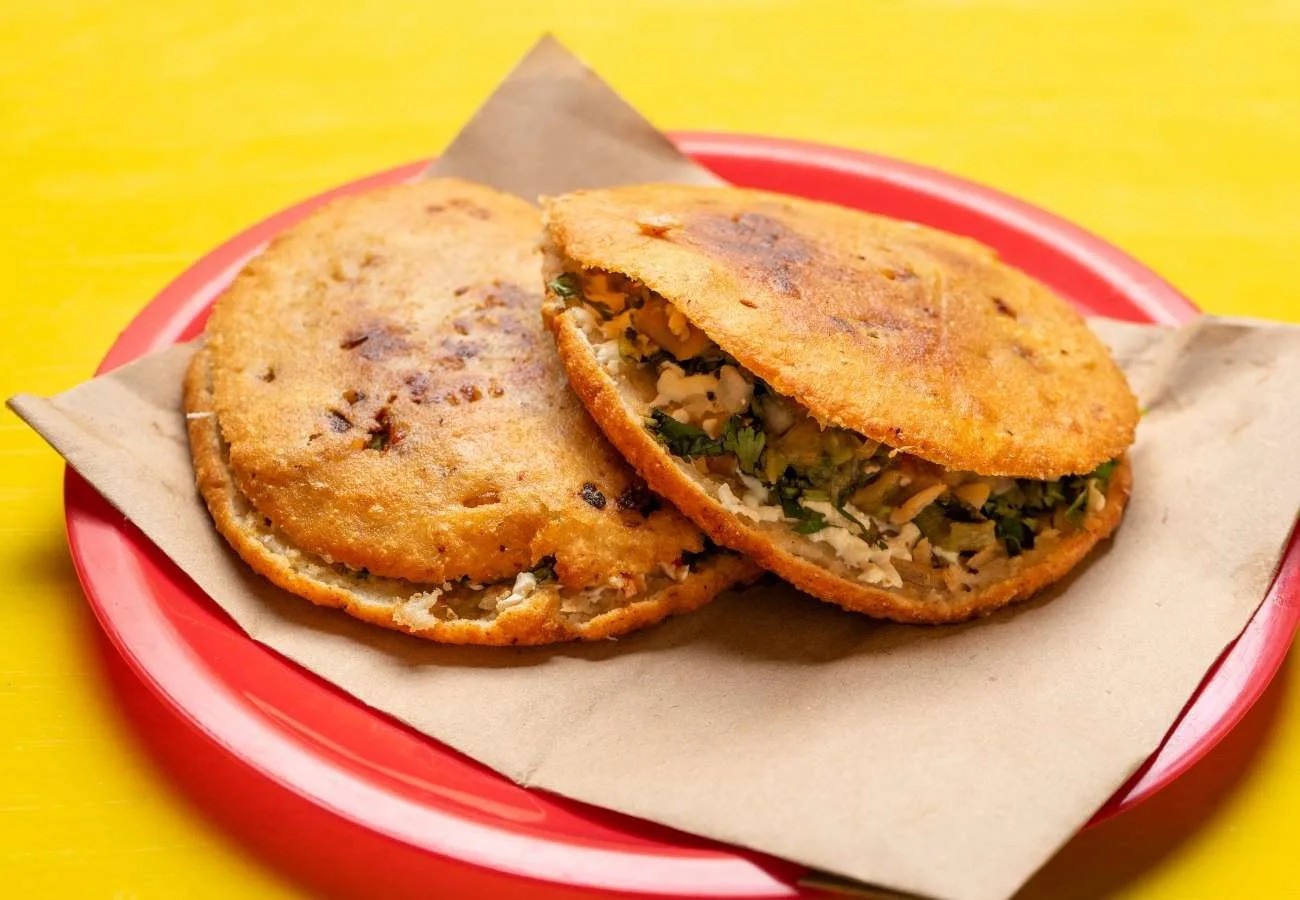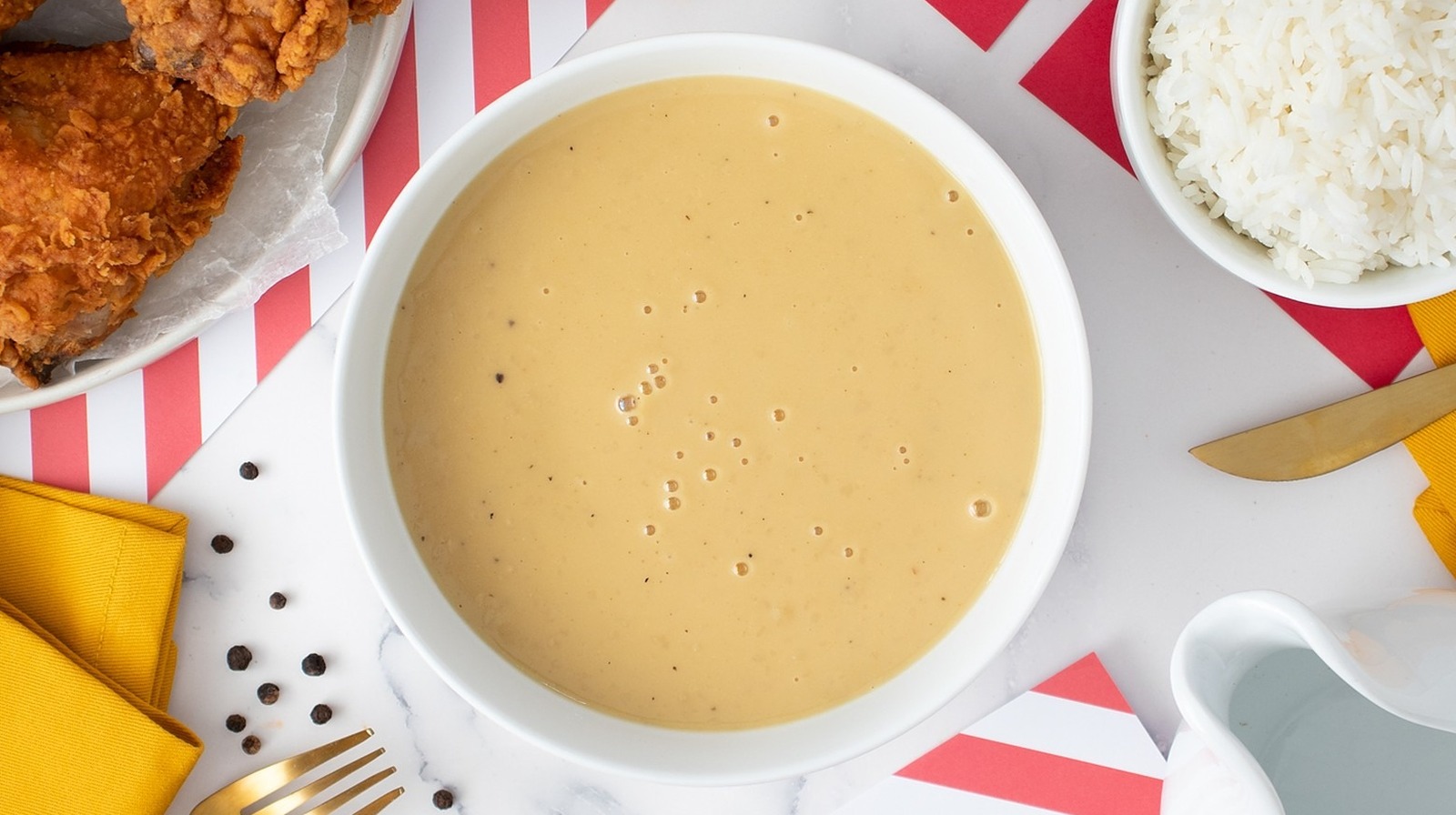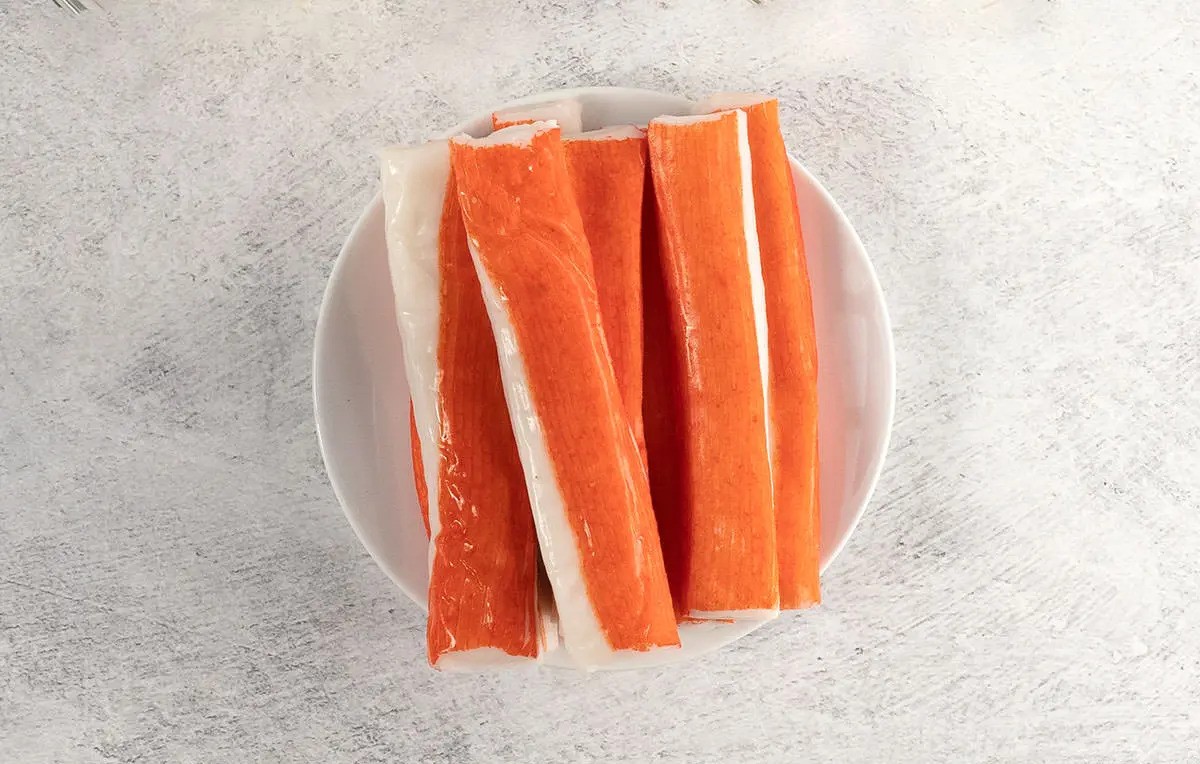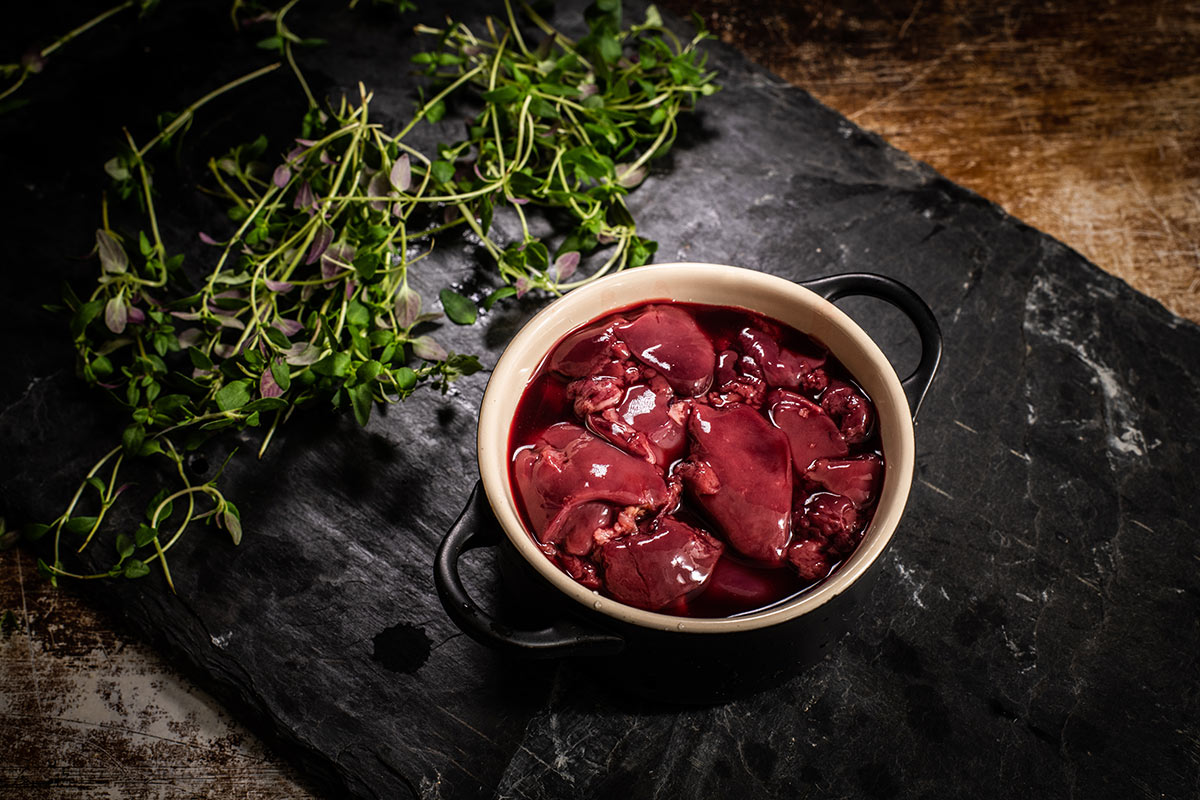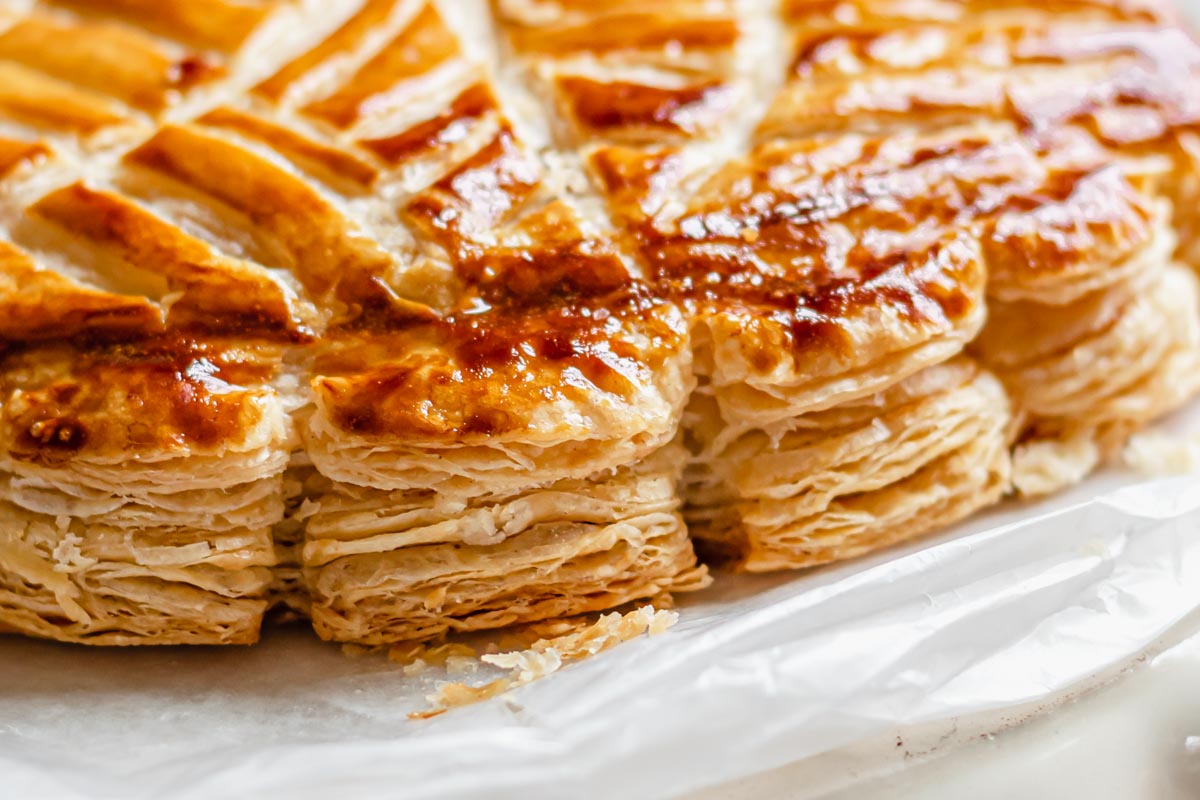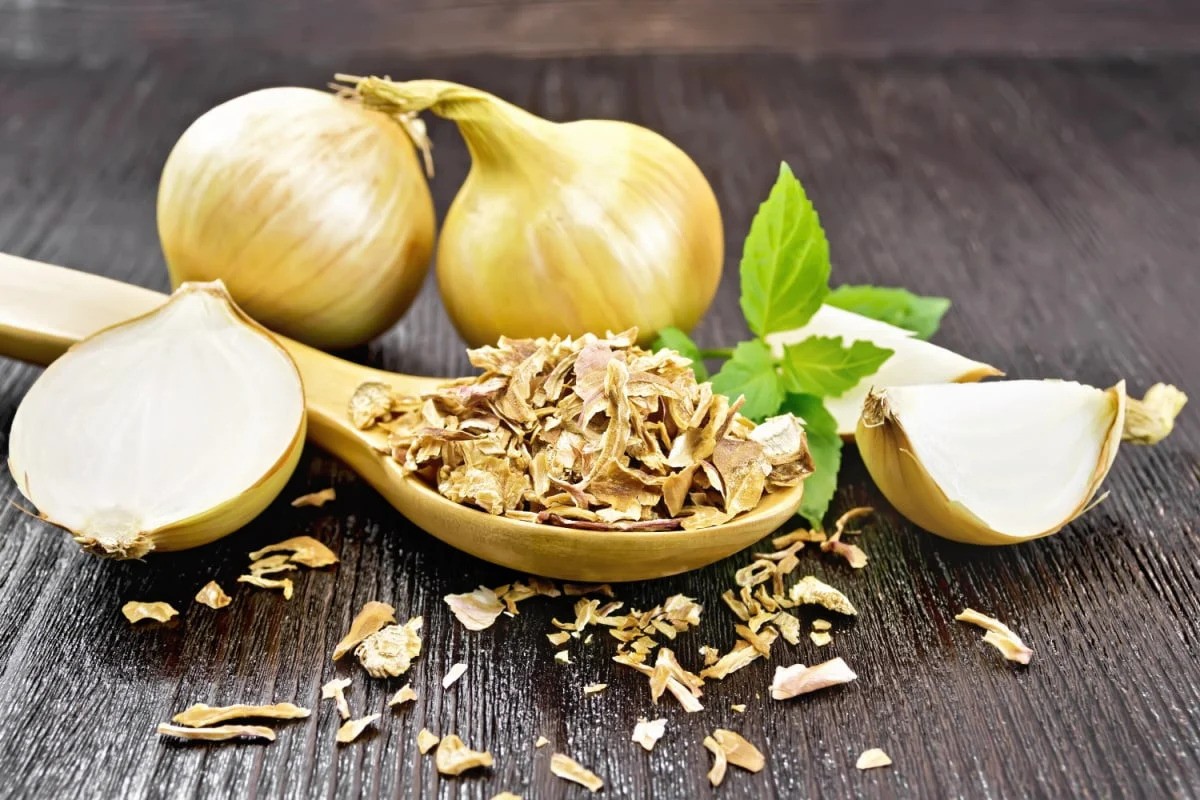When it comes to Asian cuisine, dumplings are a popular and delicious dish enjoyed by many. Two types of dumplings that often get confused are gyoza and potstickers. While they may seem similar, there are some key differences between the two. Let's explore the distinctions to gain a better understanding of these delectable treats.
Gyoza
Gyoza is a Japanese dumpling that is typically made with a thin wrapper and filled with a mixture of ground meat, cabbage, garlic, and ginger. These dumplings are often pan-fried to create a crispy bottom while maintaining a tender texture on top. Gyoza is commonly served with a dipping sauce made from soy sauce, rice vinegar, and chili oil.
Potstickers
On the other hand, potstickers are a type of Chinese dumpling that can be either pan-fried or steamed. The filling for potstickers usually consists of ground meat, cabbage, and various seasonings. Unlike gyoza, potstickers have a thicker and chewier wrapper, providing a heartier bite. They are often served with a dipping sauce made from soy sauce, rice vinegar, and sesame oil.
Key Differences
Now that we have a basic understanding of gyoza and potstickers, let's delve into the key differences between the two:
-
Origin: Gyoza originated in Japan, while potstickers are a traditional Chinese dish.
-
Wrapper Thickness: Gyoza typically has a thinner, more delicate wrapper, while potstickers have a thicker and chewier wrapper.
-
Cooking Method: Gyoza is primarily pan-fried to achieve a crispy texture on the bottom, while potstickers can be either pan-fried or steamed.
-
Flavor Profile: The flavor profiles of gyoza and potstickers can vary slightly due to differences in seasonings and cooking methods.
-
Dipping Sauce: While both are often served with a dipping sauce, the specific ingredients and flavors of the sauces may differ between gyoza and potstickers.
Similarities
Despite their differences, gyoza and potstickers also share some similarities:
-
Filling: Both types of dumplings typically contain a mixture of ground meat, cabbage, and seasonings.
-
Dipping Sauce: They are commonly served with a dipping sauce made from a combination of soy sauce, rice vinegar, and other flavorings.
-
Popularity: Gyoza and potstickers are beloved by food enthusiasts around the world for their delicious flavors and satisfying textures.
In conclusion, while gyoza and potstickers may appear similar at first glance, their differences in origin, wrapper thickness, and cooking methods set them apart. Whether you prefer the delicate, crispy texture of gyoza or the heartier bite of potstickers, both of these dumplings offer a delightful culinary experience. So, the next time you're craving dumplings, consider trying both gyoza and potstickers to appreciate their unique characteristics and flavors.
Was this page helpful?
Read Next: What Is Jewish Rye Bread

